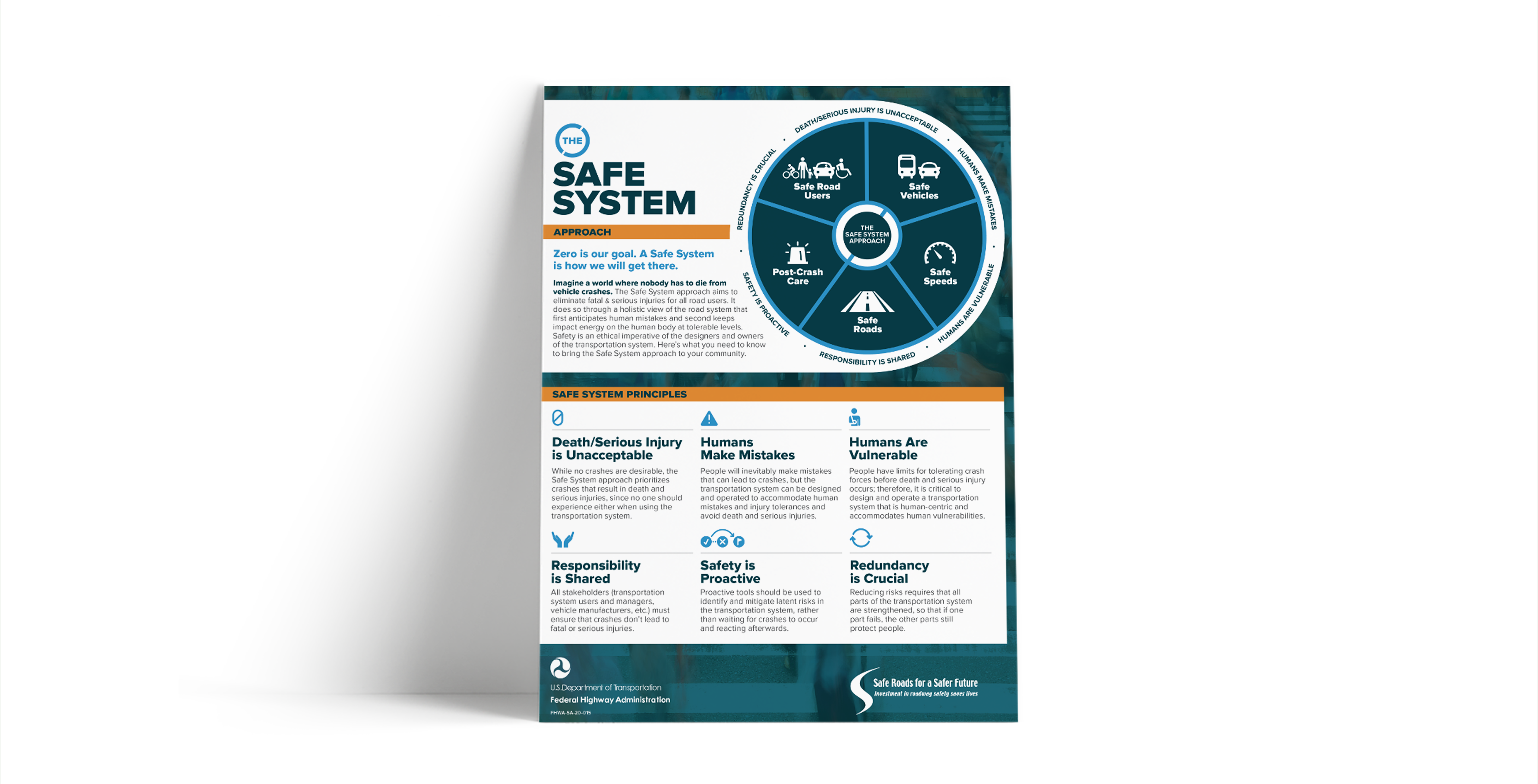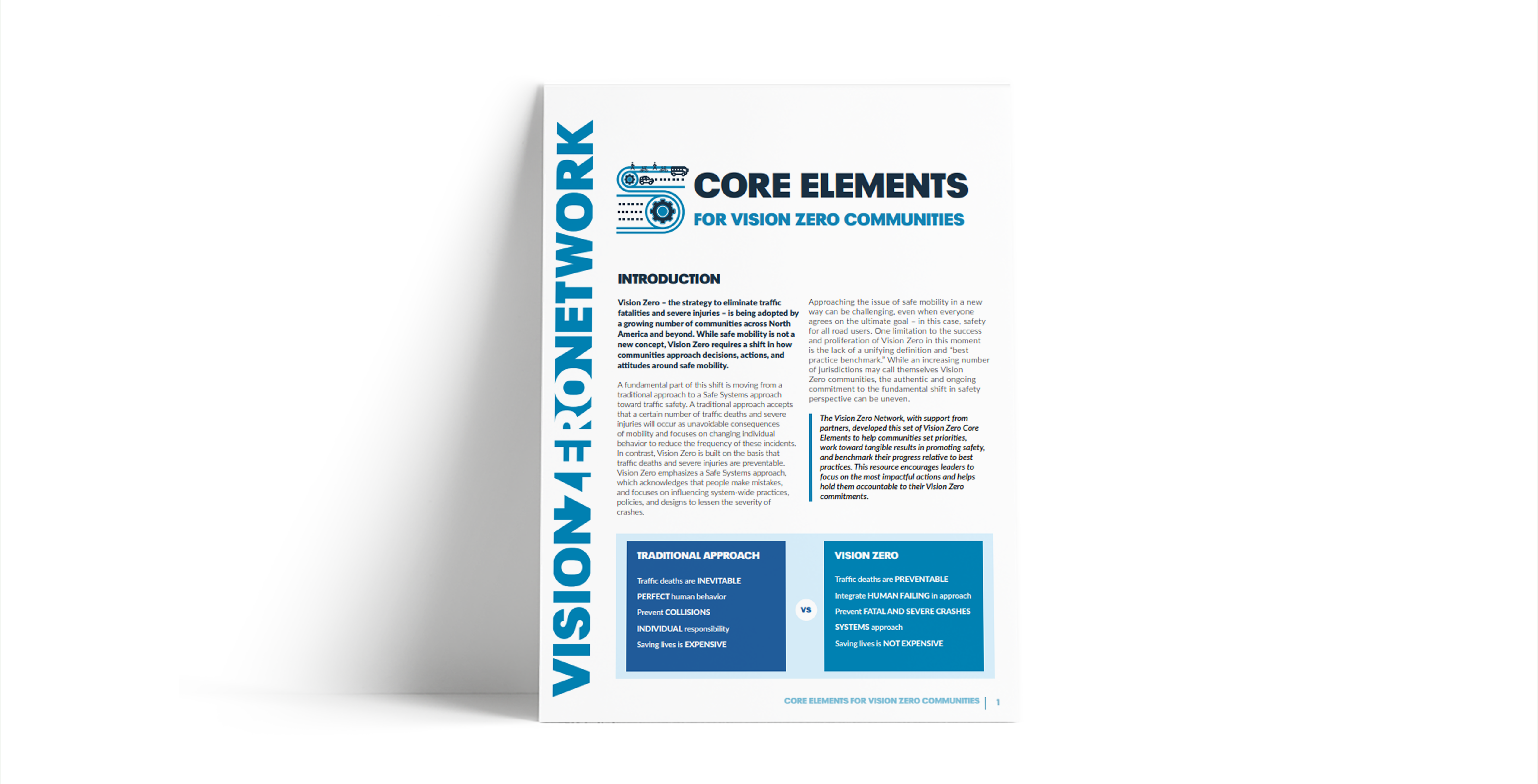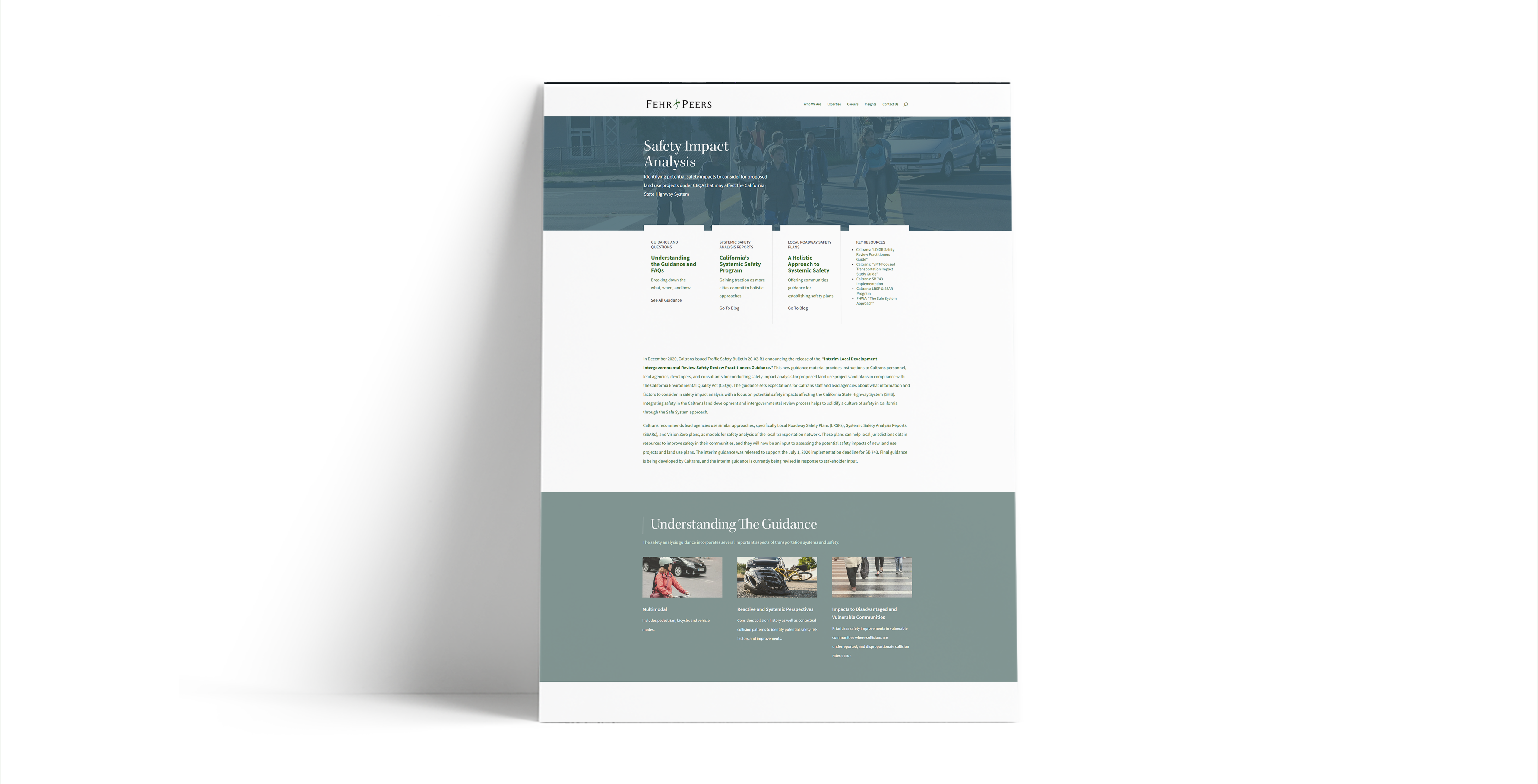Safety
Safety
Your Partner in Advancing a Safe System
At Fehr & Peers, we are passionate about creating safer communities through comprehensive safety planning. The impact of injuries and death goes beyond numbers. This is why our team of certified Road Safety Professionals stay up to date with the latest transportation safety technology, policies, and guidelines to support the development of responsive and proactive plans and strategies that prioritize safety for all.
We work closely with clients to develop customized safety plans, including Local Road Safety Plans, Vision Zero Action Plans, and Comprehensive Safety Action Plans. We help prepare grant applications for funding safety projects. We support agencies with safety project implementation and safety monitoring.
We take pride in our ability to deliver results. Our team has worked with communities to create impactful safety plans to reduce collisions and improve the quality of life for people who live, work, or spend time in the community. Each plan is an opportunity to create not only a prioritized list of projects, but also an institutionalized commitment to road safety that creates lasting change. Let us help you create a safer community today.
Ask us
about our Safety Playbook
Let’s talk about how Fehr & Peers can help you achieve your goals.

Erin Ferguson, RSP2I
Safety Discipline Leader
Quick Links
© 2017 – 2024 Fehr & Peers. All rights reserved.






